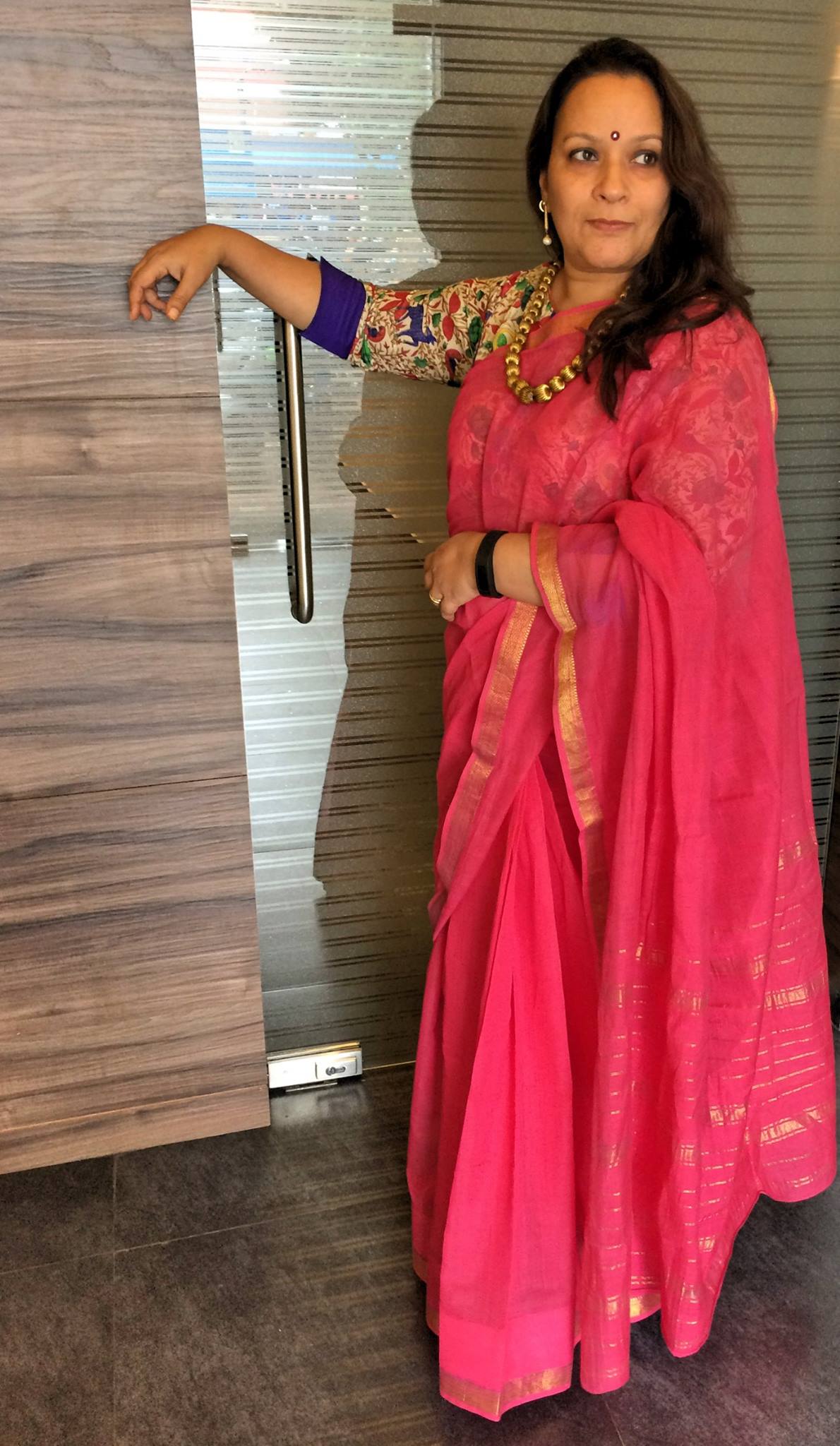I usually wouldn’t dignify an allegation with an answer
I was asked, last week, why I, of all people, was promoting saree wearing and being regressive and taking women back in time.
I usually wouldn’t dignify an allegation with an answer. But this was about the pact. It was VERY personal.
The impact of the #100sareepact is that it has given a voice to stories told by women, or men telling stories of women. It has become the platform for the world to get a glimpse of a few lakh women, as they are today, and all that they hold dear, their thoughts, what matters most to them, their history and their hopes for the future. It has also turned the spotlight on the weavers, the artisans, their struggle and triumphs.
The pact has gone wide all across India, and all over the world. It has gone deep, across classes.
I remember when we were being interviewed by a television channel and the housekeeping lady leaned out of the floor above and said we looked good in sarees and she was glad to see us dressed like her.
The saree has been a leveller. It is proving to be the one thing common in all our shared memories. It carries with it the history of this part of the world in the colour, the technique, the motif, the art.
The #100sareepact has unified and built a community that is weaving a narrative of their lives through the medium of the saree. The #100sareepact has ordinary people telling the stories of their extraordinary moments.
Here I am in Saree #73 of the #100sareepact. For me being modern and in a saree is absolutely natural. Actually, I embrace my past, my heritage and my roots even when I am exercising in my tights and tee shirt.
And I am running my company, looking after my children, being a wife, friend, daughter, sister, director, editor, cook, cleaner upper, driver, teacher, student, farmer, whether I wear a saree, or trousers and a jacket, or a dress.
This is who I am. I am woman and I cannot be defined by the clothes I wear.
That I choose to wear my sarees, and share my life experiences & stories, has been the most liberating move for me this year.


Regressive? I have been a jeans/ trouser wearing one woman ginger group most of my life. Today my middle aged Indian “curvy” body doesn’t look too great in trousers….. I took the trouble to get a blouse stitched and wore a saree for a family function recently. I was wearing a saree after a long time. I felt so confident. Looked so dignified….. and the compliments!!!! That was my liberating moment. I had let my career slide , always giving family as the reason. The pact has energized me so much that I have now decided to go back to work.And I will be wearing a saree at the interviews ……. as a confidence booster!